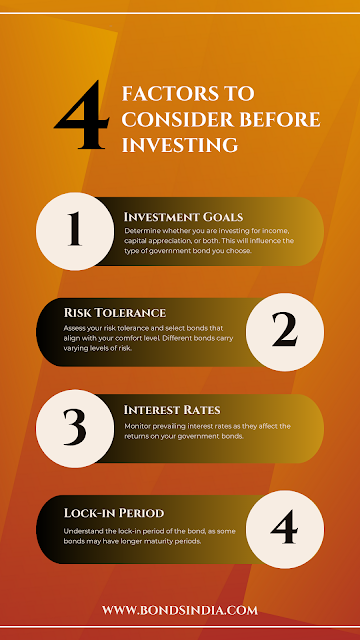Government Bonds vs. Corporate Bonds: Understanding the Key Differences for Smart Investing

Are you ready to take your investing game to the next level? Well, buckle up because today, we're diving into the world of bonds! If you've been wondering about the differences between government and corporate bonds and how they can impact your investment strategy, you've come to the right place. In this blog post, we'll break down these two types of bonds so that you can make smarter decisions with your hard-earned money. So grab a cup of coffee, sit back, and prepare for an enlightening journey into the fascinating world of government and corporate bonds! Introduction to Government Bonds Government bonds are issued by various levels of government to finance their expenditures. They are typically considered very safe investments since they are backed by the full faith and credit of the issuing government. Government bonds usually offer relatively low-interest rates, but they can be a good option for investors looking for stability and security. Corporate bonds are issu


.png)